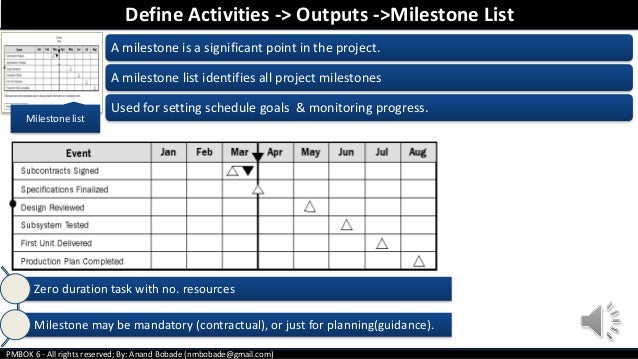

Why segmentation is an important tool for marketers Retargeting also allows you to get the right message to customers at the right time. For example, if someone visits a city vacation destination on your website, it makes sense for you to show them city-based hotel advertisements on other channels that they see. It is one way marketers can personalize their message to consumers that have already shown an interest in their brand. Retargeting works by placing a cookie on a user's browser, which allows marketers to serve ads based on the pages that user has visited. A powerful way to do this is through retargeting, which uses the data on a person's digital footprint. Marketers are continuously searching for new opportunities to personalize their message. Personalized marketing typically lead to higher conversion rates, reduced acquisition costs, and less wasted revenue on marketing efforts that aren’t productive. Knowing your market needs and reaching out to the right people at the right time may provide potential customers with what they want.

You can segment markets in other ways, such as by usage rates or product benefits. A common way to segment markets is to base the segmentation on demographics, which results in segments such as age, gender, income, and so on. Market segmentation divides customers in a market into smaller and relatively similar groups. These two trends have changed how marketing is done and is ushering in an era where market segmentation is key to marketing success. Marketing, advertising, publicity, and promotion have changed over the years and have focused more on personalized marketing and retargeting. Market segmentation can help inform and create a marketing plan that meets the needs of a target audience instead of creating a one-size-fits-all marketing strategy.

Market segmentation is when a business splits customers into groups based on shared characteristics such as location, age, income, credit rating, or buying habits.


 0 kommentar(er)
0 kommentar(er)
